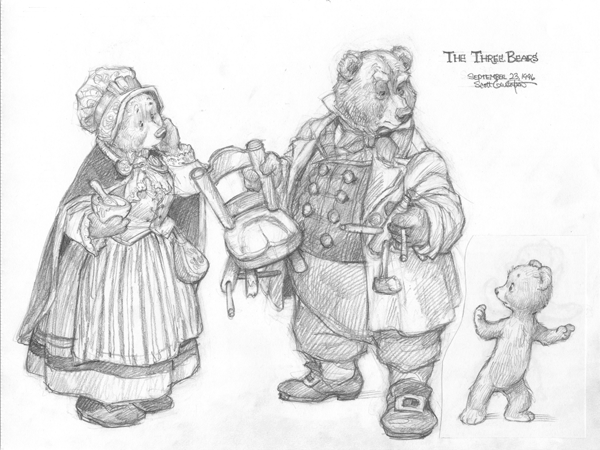Merger; From the Inside, by David Hunt
Part I, Initial engagement
June 2012 was huge, after 18 months of careful planning I married my beautiful wife, running to the same timeline Creative Lynx merged with Havas. Both life changing events, both spectacularly exciting, but whilst friends & family can offer advice & council on your marriage, a merger is an altogether more isolated experience.
Having completed an MBO in March 2008, just six months after the credit crunch had started, business was going exceptionally well. We’d experienced year-on-year double-digit growth, collected 16 wins at the PM Society Digital Awards in 3 years and continued to develop a number of industry firsts. At the heart of our success was an exceptionally talented multi-disciplinary team that combined insight, with creativity and innovation. A team that would be at the forefront of our thoughts, every step of the way.
Through sustained growth & success, we saw three opportunities;
- We were a young agency with brilliant ideas and passion, but we were a young agency that could benefit from a global partner. We needed global experience and sophistication to transform raw talent into global communication experts
- Inside and outside of healthcare, consolidation is an increasing trend. As a boutique agency it can be seen as a threat or opportunity. We saw this as an opportunity to combine our intimate service with a global footprint
- We’re based in Manchester, which is brilliant for creative & digital talent. However, in global communications it can be viewed as a province and whilst this perception is changing, before Havas we were being overlooked for the best global briefs
We’ve always grown our business through referrals, recommendations and repeat business. Through experience & intuition we know how to run an agency, we know how to build teams & deliver results, we know our business. But a merger is not about today, it is about tomorrow. Suitors have a passing curiosity in where you have come from, they have a fascination in where you are going. Having previously been focused on the here & now, at the outset of the process we became smarter, more considered, strategic – by simple proximity to potential global partners we were setting out our long-term ambition, designing a roadmap and creating an infrastructure to deliver sustained success.
Following our deal with Havas we have;
Our vision & ideas, originally inspired through the merger process are now becoming reality as a result of the support, infrastructure & expertise that we can now harness.
Having committed to the process & having defined our vision, we engaged with a number of networks. As a result of our success, we had already been approached by nearly all of the global communication networks – now on our terms, in our time, the courtship could begin. I first met Donna Murphy & Doug Burcin (Global CEOs of Havas Health) in 2011, they were brilliant, the perfect combination of drive & consideration. Someone that I wanted to both work with and learn from. Alongside them was Ed Stapor, with an absolute passion for us and for Havas. Ed was driven by people & relationships, as were we.
As the journey unfolded we met a number of brilliant & respected leaders from across the major networks. Every interaction was another opportunity to learn, engage and shape our plans – they were all worthwhile. Whilst similar in their achievements & proposition, it quickly became apparent that there were significant differences in their approach. I believe that Havas made their decision based on the people & our ideas, the others focused more on numbers & forecast.
Beyond the chemistry that would ultimately shape our decision, Havas also talked more about digital, more about social, more about the future. They didn’t just want to buy the answer, they wanted to help create it. It wasn’t just about our insight, our ideas, our technology, it was about shared expertise, shared resource, a shared vision. It was about creating something unique. It was about creating a global group that would shape & define digital communications in healthcare – HAVAS LYNX.
It has been a fantastic start. We have enjoyed the honeymoon period, it is new, exciting and fun. There will always be highs & lows, it’s a relationship and we are all passionate. However by following our instinct & choosing people over profit, I know that we’ll have an ally when times are tough and an advocate when moving forward.
Part II, Agreeing the finer details
Part III, Business as usual
Part IV, A year in & the lessons I learnt








